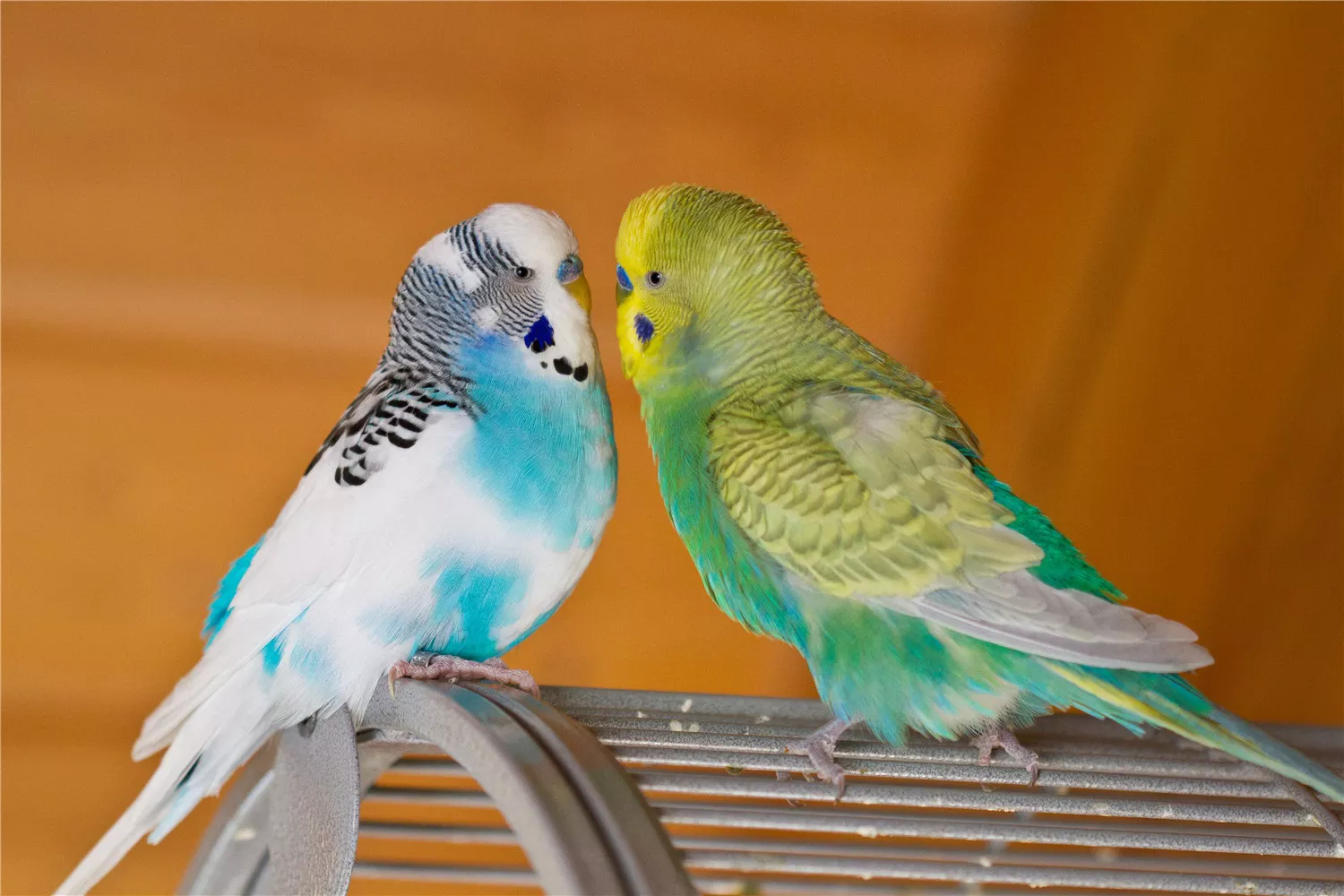The budgie, commonly known as the budgerigar or parakeet, is a small and vibrant bird species that has captured the hearts of bird enthusiasts worldwide. Renowned for its colorful plumage, sociable nature, and playful demeanor, the budgerigar has become one of the most popular pet birds globally. In this article, we will explore the characteristics, behavior, care requirements, and cultural significance of the budgerigar, shedding light on why it has become a cherished companion for bird lovers.
Physical Characteristics:
The budgerigar (Melopsittacus undulatus) is a small parrot species, typically measuring around 18 centimeters in length. It is characterized by its slender body, long tail, and a distinctively large, hooked beak. Budgerigars exhibit a wide range of color variations, with the wild-type having a bright yellow face and green body feathers, adorned with black scalloping or “wavy” patterns. Selective breeding has led to numerous color mutations, including blue, white, yellow, and pied varieties, showcasing a kaleidoscope of hues.
Natural Habitat and Origin:
Native to Australia, budgerigars inhabit arid regions, open grasslands, and scrublands. They are well adapted to the harsh conditions of their natural habitat, often forming large flocks to maximize their chances of survival. In the wild, budgerigars are highly nomadic, constantly searching for food and water sources.
Behavior and Social Nature:
Budgies are highly social and gregarious birds, displaying remarkable intelligence and a propensity for forming strong bonds with their human caretakers. They thrive in the company of other budgerigars or humans, often exhibiting playful behaviors such as climbing, swinging, and vocalizing. Budgerigars are known for their ability to mimic sounds and even words, making them excellent companions for those seeking an interactive pet.
Feeding and Care Requirements:
If you are considering getting a budgie as a pet, it’s important to know how to take care of them properly. Here are some tips to help you get started:
Housing: Budgerigars need a spacious cage that is at least 18 x 18 x 18 inches in size. The cage should be placed in a quiet area away from direct sunlight, drafts, and temperature extremes.
Food and Water: A balanced diet for budgies should consist of seeds, pellets, and fresh fruits and vegetables. Fresh water should always be available in a clean water dish.
Grooming: Budgerigars need regular grooming to keep their feathers healthy and clean. This includes providing them with a bird bath or misting them with water, trimming their wings and nails when necessary, and cleaning their beaks.
Exercise: Budgerigars need daily exercise to stay healthy and happy. Provide them with toys and accessories that encourage active play, such as swings, ladders, and ropes.
Medical Care: Regular check-ups with a veterinarian experienced in avian care are important to ensure your budgie remains healthy. Signs of illness include lethargy, loss of appetite, abnormal feces, and labored breathing.
Cultural Significance and Pet Popularity:
Budgerigars have a rich history in human culture, particularly in Australia, their native land. Aboriginal Australians have long admired the birds, incorporating them into their art and folklore. The popularity of budgerigars as pets soared during the 20th century, driven by their playful nature, colorful appearance, and the ease with which they can be bred and kept. Budgerigars are now among the most commonly kept pet birds globally, providing companionship, entertainment, and joy to millions of households.
Conservation and the Wild Population:
While the budgerigar is thriving as a popular pet, its wild population faces environmental challenges. Habitat loss, climate change, and introduced predators pose threats to the species in its native Australia. In the wild, budgerigars are protected by legislation, and various conservation efforts focus on preserving their natural habitats and raising awareness about their importance in the ecosystem.
Conclusion:
The budgie, with its vibrant colors, sociable nature, and remarkable ability to form bonds with humans, has secured a special place in the hearts of bird enthusiasts worldwide. As a pet, the budgerigar brings joy, companionship, and a touch of nature to households. With proper care and attention, these colorful parakeets can live up to 15 years in captivity. If you’re considering getting a budgie, make sure you have the time, space, and resources to take care of them properly.


 Facebook
Facebook  Instagram
Instagram  Youtube
Youtube 